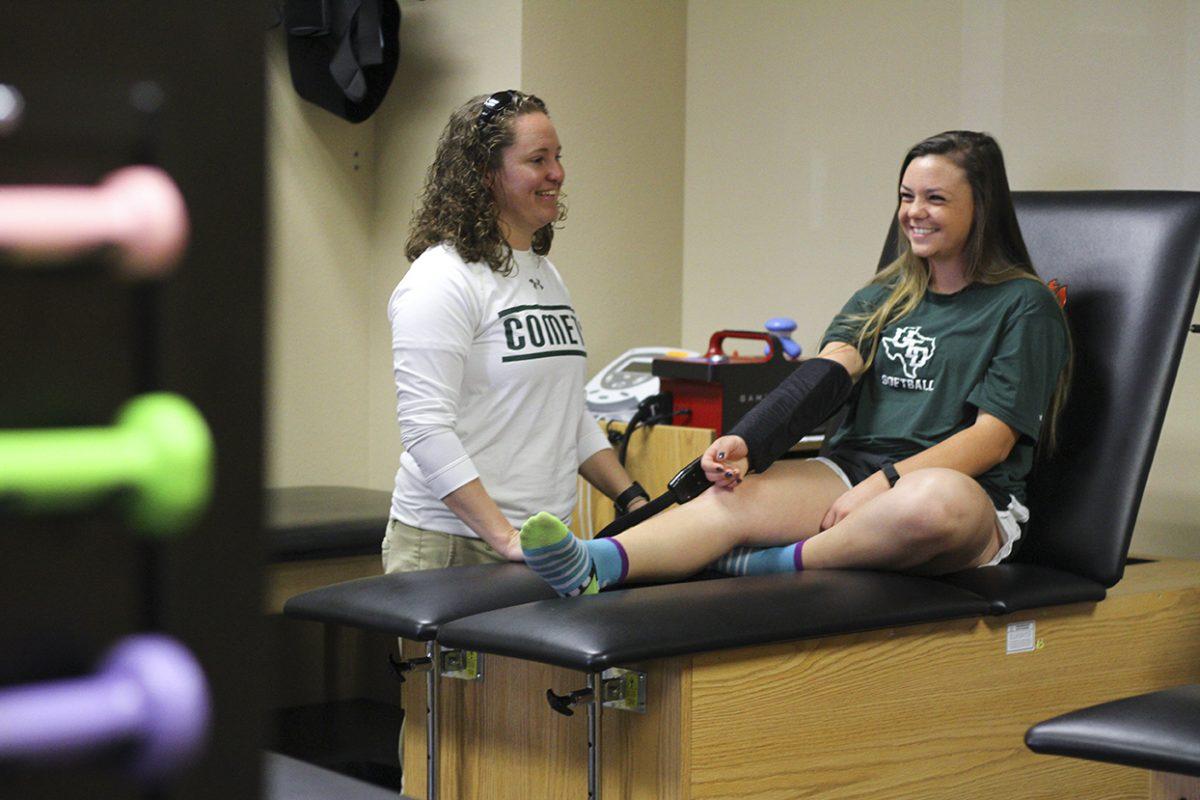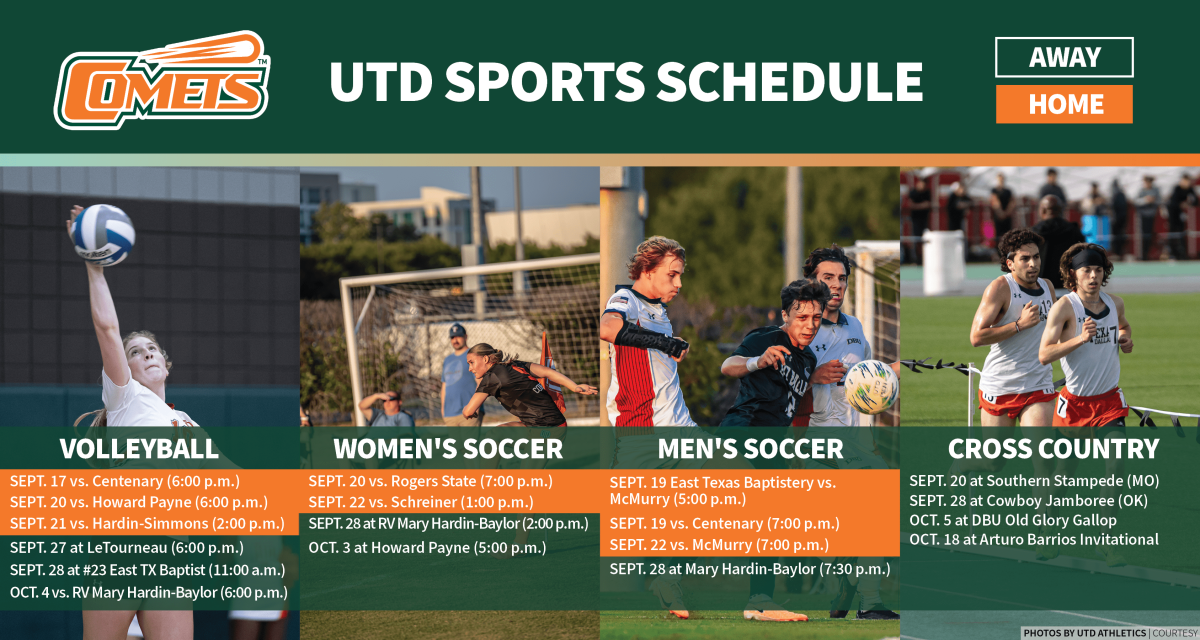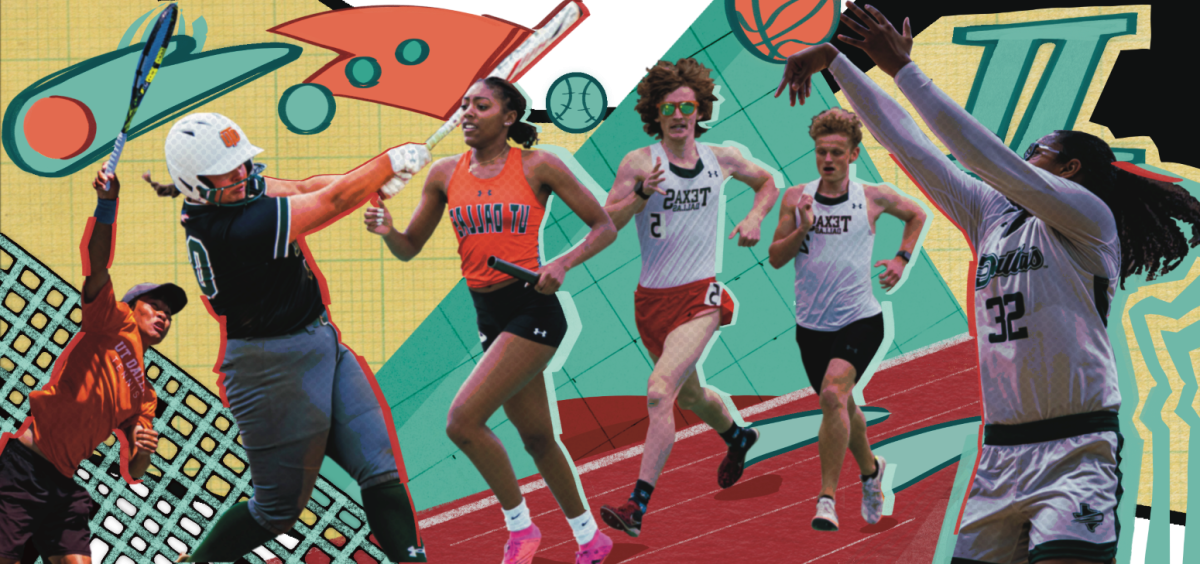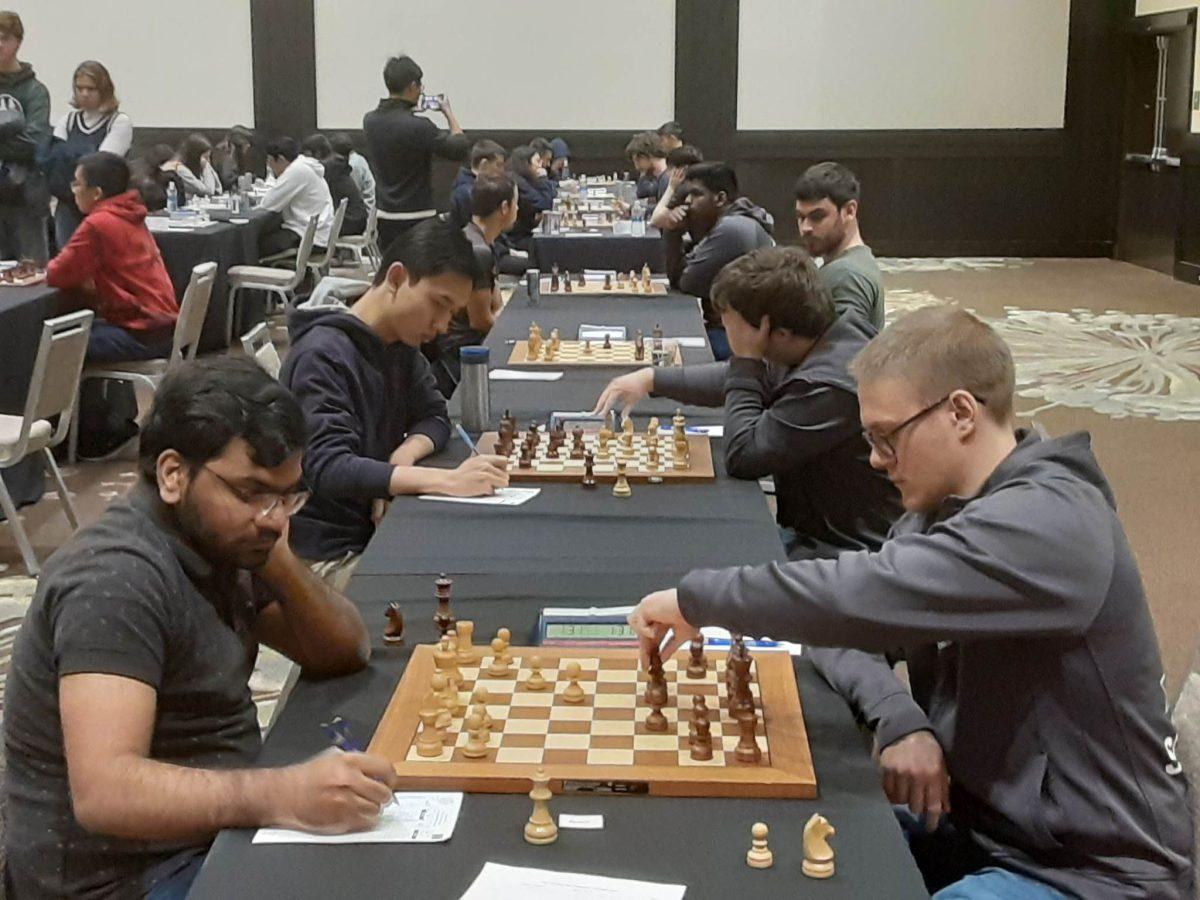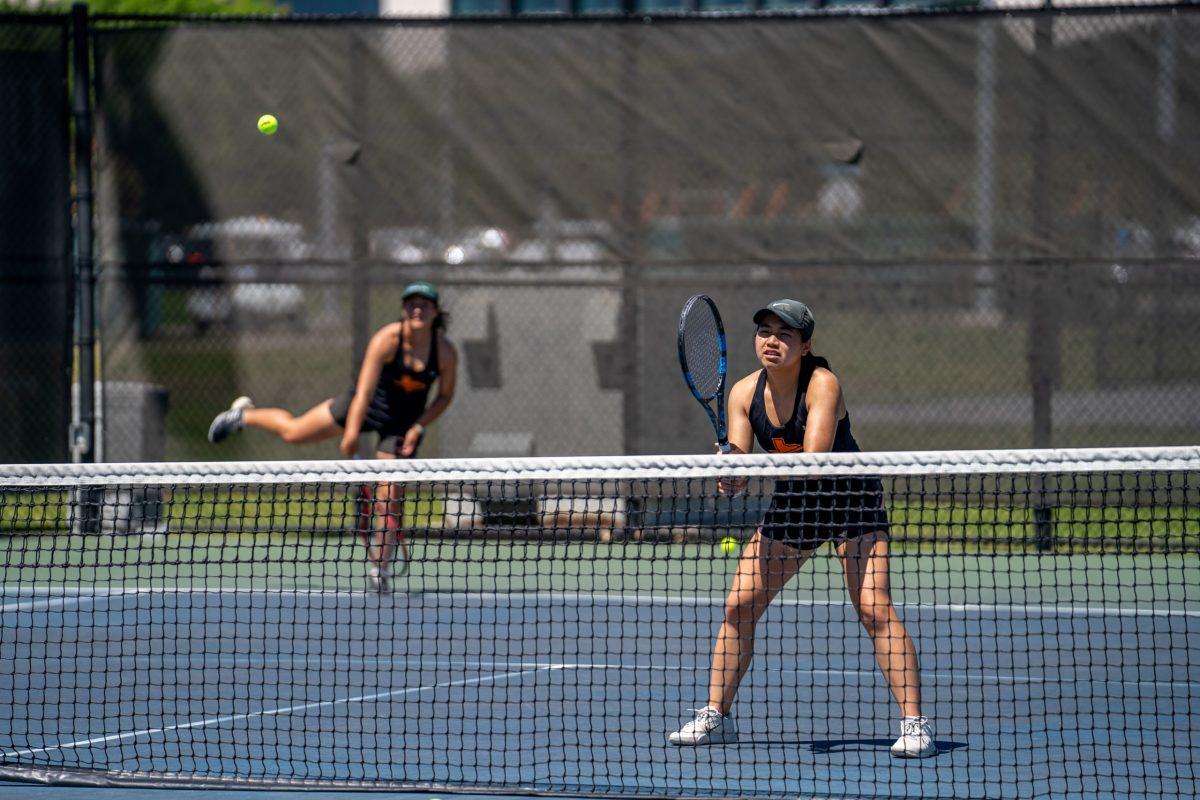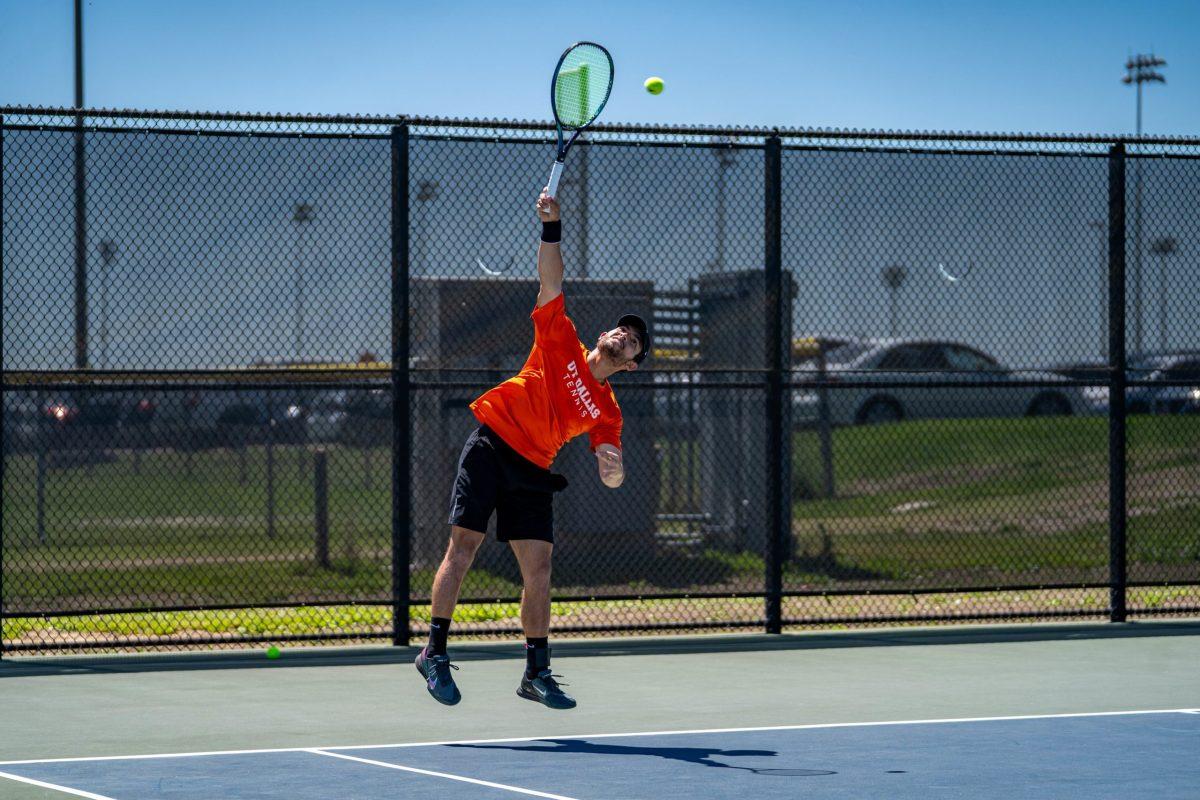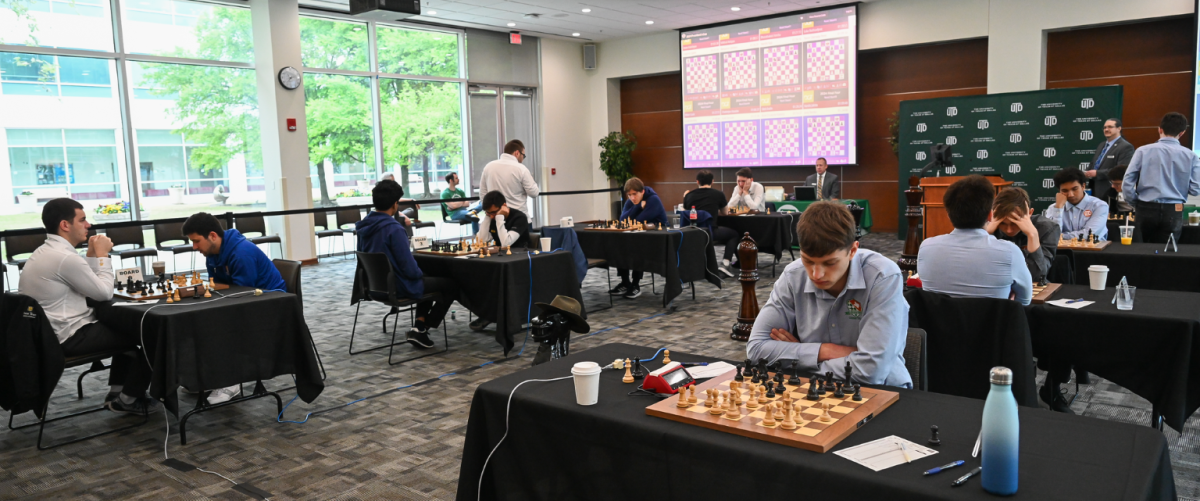Athletic training staff builds relationships with student-athletes, creates sense of trust
When injured athletes make their long-awaited comeback, fans only see the polished end product. What often goes unnoticed is the work that happens behind the scenes — in particular, that of the athletic training staff.
The work life of an athletic trainer isn’t a typical nine to five desk job.
“That’s the best thing I love about this job — there’s no typical day,” said UTD’s Assistant Athletic Trainer Tracy Lott. “Every day is different because athletes’ injuries are different.”
During the spring season, Lott opens up shop between 9 and 10 a.m. and leaves between 6 and 7 p.m., depending on the athletes.
“When I first come in, I get notes done or practice set-ups (done). … Then I have athletes start coming in around their class schedules,” Lott said. “They’ll come in for treatment. Depending on how they feel that day, we could do massages … (and) all kinds of soft tissue manipulations.”
Lott said her most memorable experiences while working at UTD so far are the times she has been able to bond with the athletic teams while on the road. Her primary sports are women’s basketball and softball, and men’s and women’s cross-country.
When she travels with the women’s basketball team, they connect over games.
“This last week, we played Minute To Win It and so sometimes I join in with the team,” she said. “That relationship and trust that we’re able to build really helps with being able to treat them. They’re able to come and really confide in me.”
Lott said balancing her workload and her personal life can sometimes be difficult.
“With working in athletics where school comes first — especially here at UTD — and athletics is second … these kids want to be great in the classroom but they want to be great on the field too,” she said. “That may mean they’re not free until 6 p.m., so that means I need to be free at 6 p.m. to where we can do treatments. (You) also have to be able to say no. You have to be able to say, ‘You need a day off and I need a day off.’”
For Head Athletic Trainer Tom Monagan, coming to work everyday isn’t a chore because of the people he works with and the environment they cultivate.
“The favorite part about my job is (our) diverse staff that brings different (expertise) to the student athletes that we serve,” he said. “I’ve hired all three of them that are here right now. It’s enjoyable to come to work every day.”
Monagan said relaying information to injured athletes on the severity of their injury is one of hardest parts about his job.
Monagan believes that providing athletes with the most information possible concerning their specific injury is the proper course of action to take.
“I’ll take (athletes) into my office and show him on the computer diagrams and videos … so they get an understanding of it,” he said. “The more information you give them about (the injury) so they’re not guessing, the better off you’re going to be. If you put a positive light into the situation, we’ll have a better outlook of things.”
Monagan said one of the most rewarding aspects of being an athletic trainer is finally seeing athletes return to the field after long periods of rehabilitation.
“I think you could ask any athletic trainer — one of the most enjoyable things is when you’re working with (an athlete) and you get them back and watch them be successful,” he said. “It gives you a good sense of accomplishment that they’re doing well and that you’ve done your job well.”

